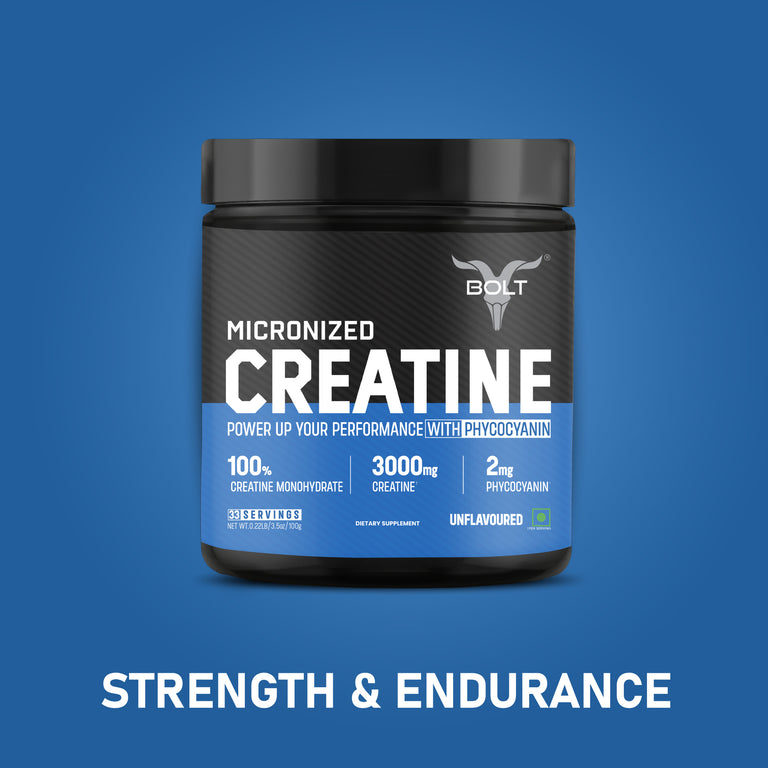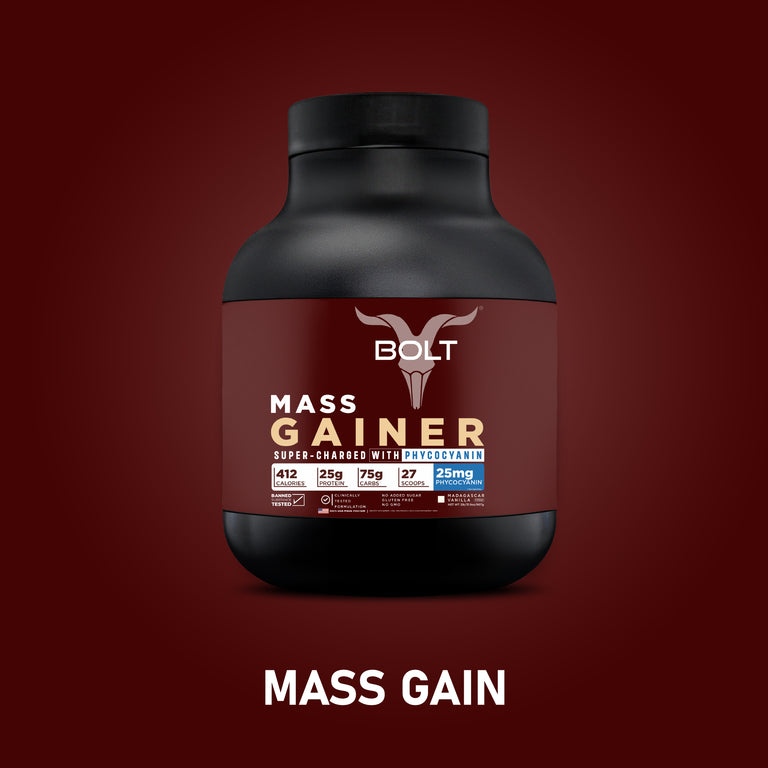
BCAA vs EAA: How does it affect the body?
byAmino acids are the building blocks of protein, playing crucial roles in various bodily functions including muscle growth, repair, and overall health. Among these, Essential Amino Acids (EAAs) and Branched-Chain Amino Acids (BCAAs) are often highlighted in the fitness and nutrition world. While both are important, they have distinct functions and effects on the body. Let's delve deeper into EAA vs BCAA and understand how they work and their respective impacts.
Understanding Essential Amino Acids (EAAs):
Essential Amino Acids are so-called because the body cannot produce them on its own, hence they must be obtained through diet or supplementation. Each EAA serves specific functions in the body, contributing to processes like muscle protein synthesis, hormone regulation, and immune function.
How EAAs Work on Your Body:
Muscle Protein Synthesis (MPS): EAAs, particularly leucine, play a critical role in stimulating MPS, which is essential for muscle growth and repair. Leucine acts as a key signal that initiates the process of muscle building.
Hormone Regulation: EAAs are involved in the production and regulation of various hormones in the body, including insulin and growth hormone, which influence muscle growth, metabolism, and overall health.
Immune Function: Certain EAAs, such as histidine and lysine, are important for supporting immune function and promoting the body's ability to fight off infections and diseases.
Understanding Branched-Chain Amino Acids (BCAAs):
It consists of three separate amino acids: leucine, isoleucine, and valine, which are also known as BCAAs. Unlike EAAs, these amino acids are not synthesized in the body but must be obtained from diet or supplementation. BCAAs are known for their role in muscle metabolism and energy production, especially during exercise.
How BCAAs Work on Your Body:
Muscle Energy: BCAAs can be oxidized in muscle tissue to provide energy during prolonged exercise or times of increased metabolic demand. This energy production can help delay fatigue and improve exercise performance.
Muscle Recovery: BCAAs, particularly leucine, have been shown to reduce muscle soreness and promote faster recovery after intense exercise by stimulating protein synthesis and reducing protein breakdown.
Muscle Preservation: During periods of calorie restriction or fasting, BCAAs can help preserve lean muscle mass by providing a source of amino acids for protein synthesis, thus preventing muscle breakdown.
EAA vs BCAA: Which is Better?
Both EAAs and BCAAs offer unique benefits to support muscle growth, recovery, and overall health. However, the efficacy of each may vary depending on individual goals, diet, and exercise regimen.
For muscle growth and overall health, EAAs are considered more comprehensive as they contain all nine essential amino acids necessary for protein synthesis and various physiological functions. They are particularly beneficial for individuals with inadequate protein intake or those looking to optimize muscle building and recovery.
On the other hand, BCAAs are favored for their specific role in muscle energy production, recovery, and muscle preservation, especially during exercise or periods of calorie restriction. They are often used as a convenient supplement to support athletic performance and reduce exercise-induced muscle damage.
Conclusion:
In conclusion, both EAAs and BCAAs play important roles in supporting muscle growth, recovery, and overall health. While EAAs provide a complete spectrum of essential amino acids necessary for various bodily functions, BCAAs offer targeted benefits in muscle energy production, recovery, and muscle preservation during exercise. Depending on individual goals and needs, incorporating either EAAs or BCAAs into your supplement regimen can be beneficial for optimizing performance and achieving your fitness objectives.
However, it's important to remember that supplements should complement a balanced diet and regular exercise routine for optimal results.







